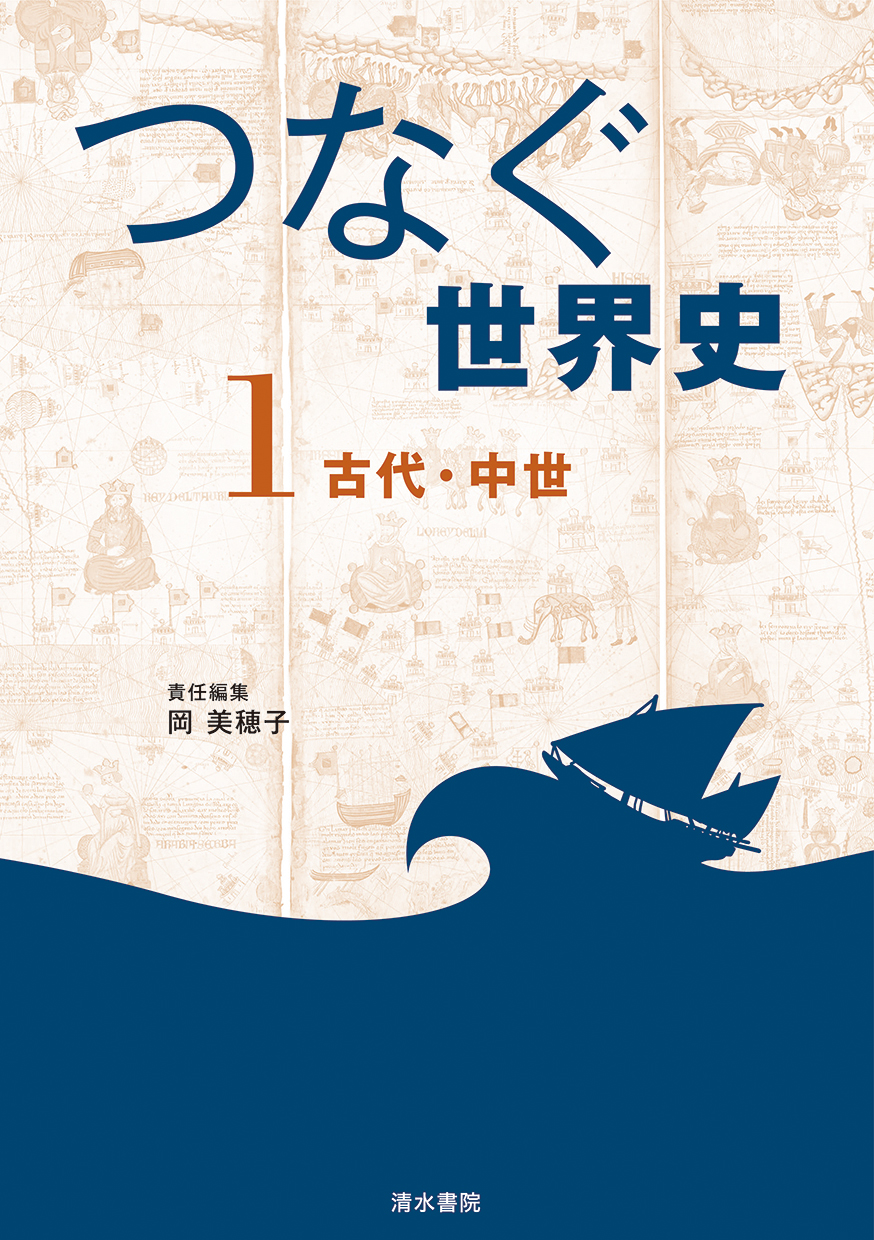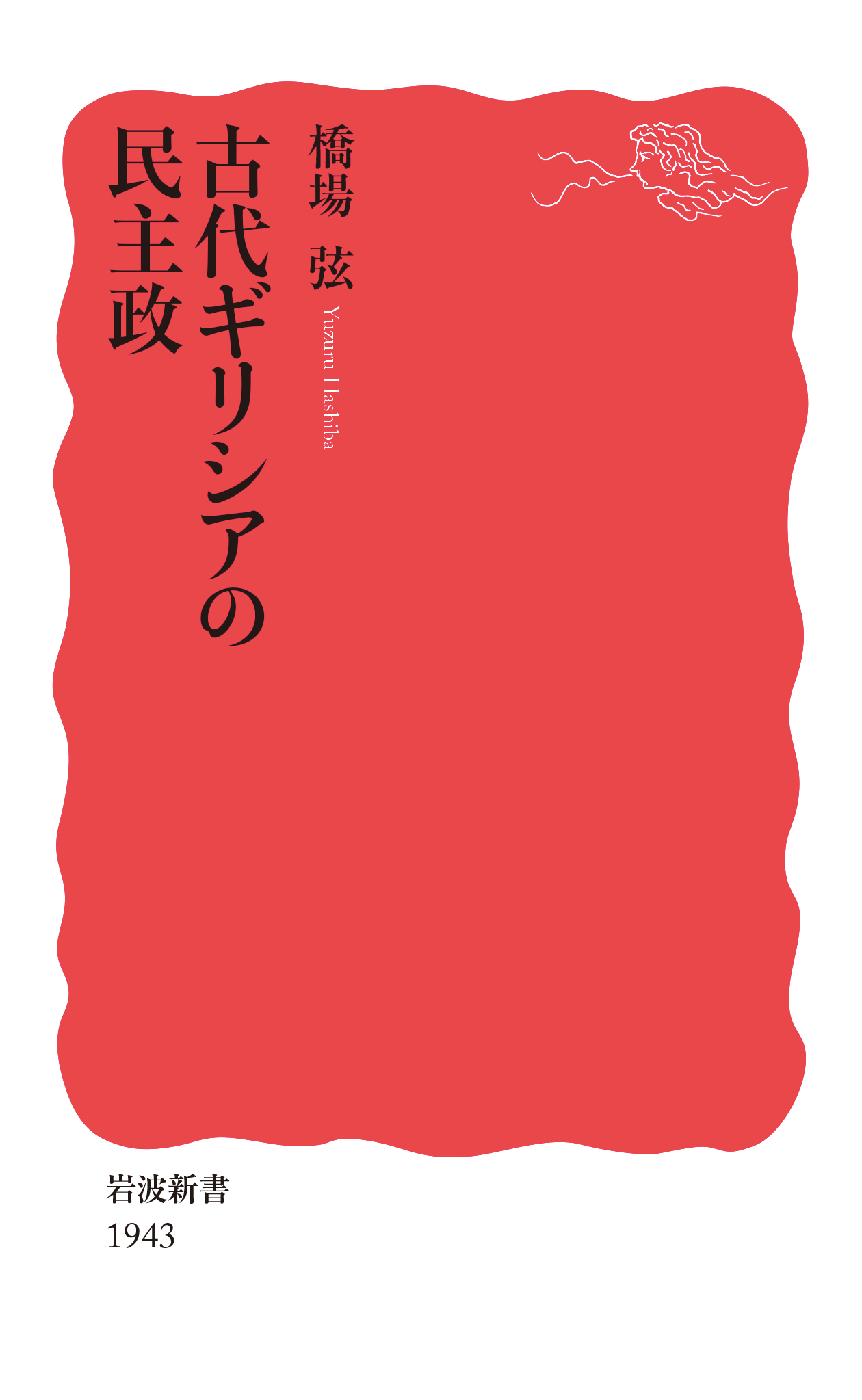
Title
Chugaku-Rekishi (History for Junior High Schools: Japan and the World)
Size
296 pages
Language
Japanese
Released
April, 2021
ISBN
978-4-634-70904-1
Published by
Yamakawa Shuppansha Ltd.
Book Info
See Book Availability at Library
Japanese Page
The first advanced history textbook for junior high schools published by Yamakawa Shuppansha, this book was brought out in preparation for the teaching of history under the new curriculum starting in 2021 and links up in content with the two senior high school history textbooks published by the same publisher, Japanese History in Detail and World History in Detail. It was compiled by Hashiba Yuzuru and Sakurai Eiji and written by leading historians, starting with Ikeda Yoshirō of the University of Tokyo, and front-line teachers with the aim of imparting knowledge of an advanced level in an easily understandable style to junior high school students studying history under the new curriculum, which demands of them the ability to think, form judgements, and express themselves.
The structure of the chapters follows the general flow of Japanese History in Detail and World History in Detail, and sources, illustrations, and maps used in these two textbooks have been presented in a simple manner that can be understood by junior high school students. This textbook is also suited to preparing students for “comprehensive history” and “exploring history” in the new senior high school curriculum.
The most distinctive feature of this textbook is that, whereas existing history textbooks for junior high schools have focused primarily on Japanese history, world history is also covered in comparative detail. Using a two-page spread per topic, the historical background and circumstances of historical phenomena, their outcomes, their subsequent influence, and so on are carefully described together with a wealth of illustrations.
There follows a brief overview of the book’s contents. First, chapter 1, “Dialogue with History,” gives an outline of basic knowledge needed for studying history and also gives examples of methods for investigating local history at libraries and through fieldwork. Chapter 2, “Japan until the Ancient Period,” surveys how civilizations around the world evolved in premodern times, and then describes the dawn of Japanese culture, the formation of the ritsuryō state, the aristocracy, and Japan’s national culture. Chapter 3, “Japan in the Middle Ages,” describes the process whereby medieval warrior society was established after the reorganization of ancient empires throughout East Asia. Chapter 4, “Japan in the Early Modern Period,” examines what sort of position Japan took when establishing the bakuhan system in response to the global currents of the age of great voyages, the expansion of Western Europe, and the establishment of a capitalist world system. Chapter 5, “Modern Japan and International Relations,” describes how the modern Euro-American world called upon Japan to open up to the outside world and how, as Japan was compelled to respond to the capitalist world system, it dismantled the bakuhan system and set about building a new modern state. Chapter 6, “The Two World Wars and Japan,” describes how Japan, having achieved modernization and established colonies in East Asia, became embroiled in two world wars, had two atomic bombs dropped on it, and surrendered to the Allies. Chapter 7, “Present-day Japan and the World,” examines how Japan, having accomplished its postwar recovery, has been received in international society and what sort of role it is playing in today’s world.
The meaning of studying history lies in understanding ourselves by encountering people who lived in times and places different from ours. In the various periods of Japanese history there lived people possessing a variety of cultures, and there were aspects in which their views and thinking differed considerably from ours today. In addition, Japan was influenced from an early stage by the surrounding world of Asia and later also formed relationships with the countries of Europe and the Americas, and it is in this way that its history has been shaped. By knowing about the world, we can also gain a good understanding of ourselves. People who know only about Japan cannot properly understand Japan. This history textbook was compiled with the hope that, at a time when people tend to be inward-looking, junior high school students will gain a better understanding of the history of their own country by learning about the world.
(Written by HASHIBA Yuzuru, Professor, Graduate School of Humanities and Sociology / 2021)



 Find a book
Find a book





